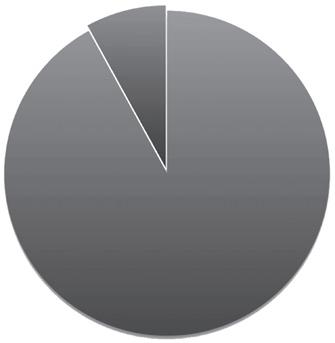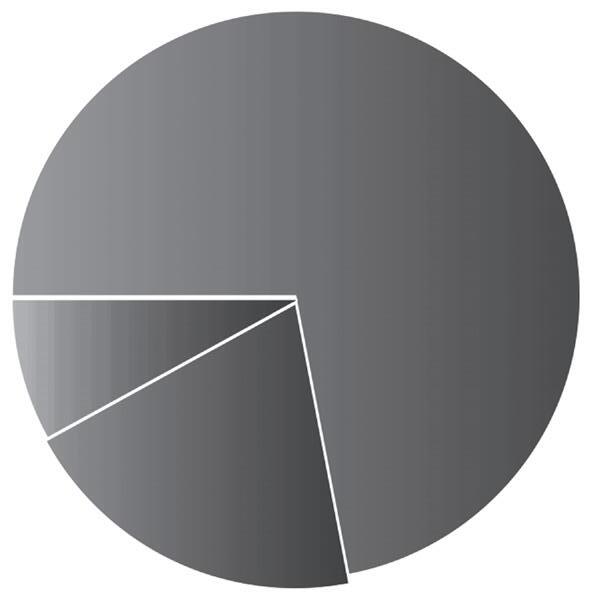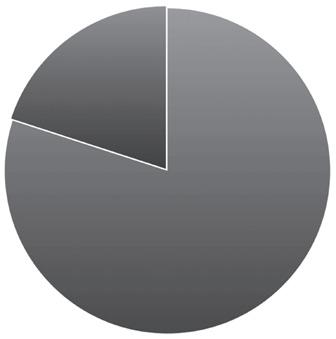
3 minute read
Obama’s college rating system
Opinion
Opinion editor
Advertisement
Tim Toton oton.roundupnews@gmail.com
The well-intentioned rating system and College Scorecard that President Obama espouses will highlight those colleges that condition their program to meet the federal guidelines but schools that are unable will lose funding.
The weight of the world is on the shoulders of California community colleges these days. CCCs must increase the number of class sections, address a growing English-as-a-second -language population, combat vexing campus crime, take on the adult education system and now lead that dance to a new tune or federal money will be “shifted” away.
This fallacious reasoning is correlative to what happens in a poorly-managed company when revenue dips and marketing is mistakenly clipped – a death spiral. Less revenue means fewer products which in turn begets lesser revenue and so on.
California Community College Chancellor Brice Harris presented a Scorecard in spring 2013, which illustrated the difficulties CCCs face with some students in the system who languish for up to six years in this two-year institution -mostly because of sparse funding and the operational problems that constraint causes.
Another major flaw in the president’s rating system is location and mobility. President Obama takes for granted that students would be willing or able to commute to colleges that score high and therefore haven’t atrophied class sections.
These same students who can only attend local community colleges because of grants and unforgivable student loans are now supposed to spend hours away from jobs and family to attend distant campuses that were able to, by hook or by crook, conform their system to rank high.
Community colleges are the gateway to a stronger middle class, Mr. President. However, tying federal funding to colleges that score high on a ranking system will have a counterproductive result.
Opinion -Pro-

Roundup reporter
Je rey Howard jhoward.roundupnews@gmail.com
The United States has more than 4,000 two-year and four-year colleges and an economy that has made strides to benefit low-income households, so the idea to establish a sure path to the middle class through education is critical.
President Barack Obama’s College Scorecard rating system will widen opportunities for students who by other means could not pay off their college loans or graduate debt-free.
The focus of the ratings is to increase college graduation rates, reduce the amount of years necessary to earn degrees, decrease loan rates, and better allocate of median borrowing.
Pierce currently has the highest debt per month among the nine colleges in the Los Angeles Community College District, yet it has the second highest rate of graduation which would make it
-COMIC STRIP-
* Answers out of 50 responses from students on campus as compiled by opinion editor Tim Toton.

-Corrections-
Volume 119 Issue: 8 one of the beneficiaries of this rating system proposal. Disapproval of this system came almost immediately with opposition claiming the policy will limit accessibility for people who can only attend colleges nearest to them or ones that have low tuitions. A person’s college accessibility is not simply determined by geographical or economic status, but rather the student’s will to excel. If a genius in a low-income house was restricted to the schools in their own environment, then our institution of higher education would be fundamentally flawed. While some critics say he has not fully delivered on his undertakings, Obama increased the maximum federal grant level by $17 billion through the expansion of the American and Reinvestment Act, which boosted the amount of students able to receive grants and not only return to college, but complete college courses and graduate with a degree.
Page 2: In “Lack of odor does not mean lack of smoke,” the Pierce College Council added e-cigarettes to nicotine delivery systems banned on campus on Oct. 24, 2013.
Page 3: In “The Warner Center 2035 Plan” Jeffrey Howard wrote the PRO opinion and Kashish Nizami wrote the CON. Jeffrey’s name was also misspelled in the opinion piece.
Page 5: The correct campus crime map is on the Roundup website, theroundupnews.com.
Page 6: In “Inking more than just his homework,” Manuel Rios’ name was misspelled.
Page 8: In “Music for the soul,” the next Thursday concert was on Nov. 14, not Dec. 5. Dec. 5 is the date for the next student concert.




The ratings for these colleges could potentially include opportunity for all students to increase their chances of graduating, regardless of their backgrounds or financial standings.










